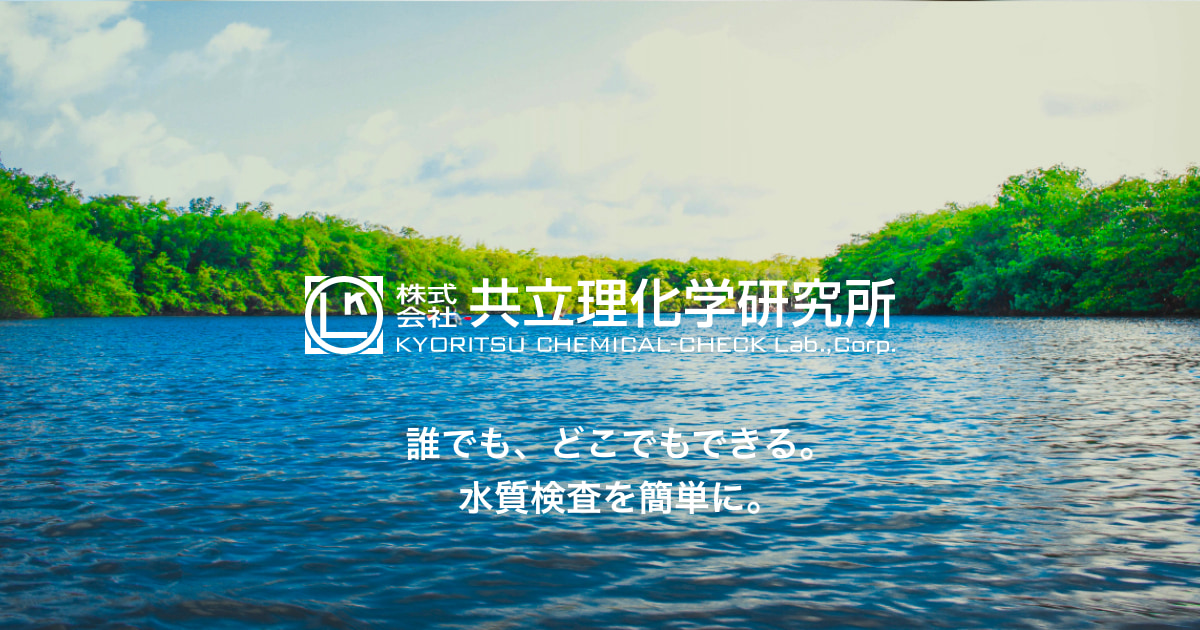- Joined
- Sep 21, 2018
- Messages
- 6,674
- Reaction score
- 7,169
When I do a back of the envelope calculation, the ratio of organic matter to sodium chloride in a seawater sample is minuscule. Even if you could convert the organic matter to CO2 and N2, which is doubtful, the TGA would not notice the weight loss, right?@Randy Holmes-Farley my go to for organics in the lab is TGA, can you think of a way to get the sensitivity you'd need for a reef sample at home?



















